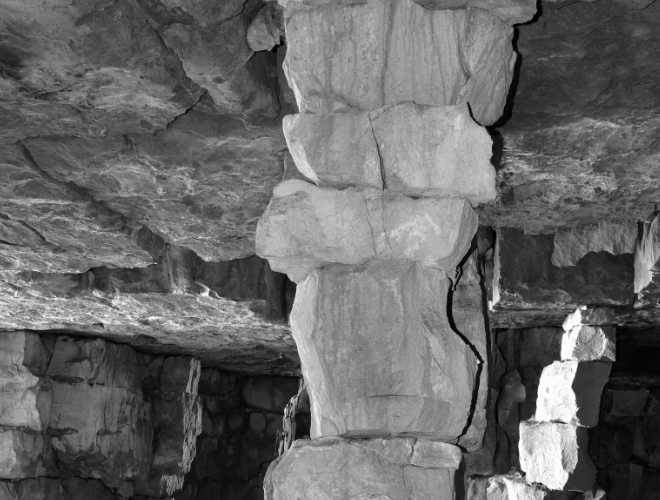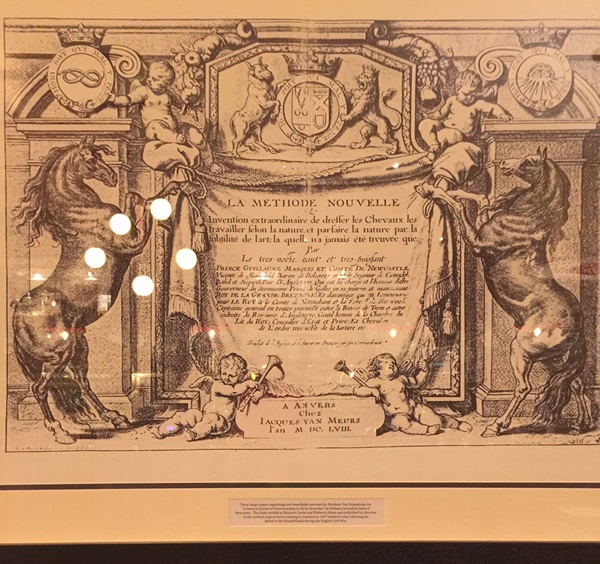Pub history
The Pillar of Rock
Castle Street was one of the original streets of the medieval settlement which grew up around the castle. Both sides of Castle Street were lined with cottages and houses until the mid 20th century. The site of the Sportsdrome was occupied by three long-standing brick-built cottages, with sash windows and tiled roofs. The cottages had cellars going down into a pillar of rock which is said to have remained intact during Bolsover’s transformation into a coal town (from the 1890s).

Castle Street was one of the original streets of the medieval settlement which grew up around the castle. Both sides of Castle Street were lined with cottages and houses until the mid 20th century. The site of the Sportsdrome was occupied by three long-standing brick-built cottages, with sash windows and tiled roofs. The cottages had cellars going down into a pillar of rock which is said to have remained intact during Bolsover’s transformation into a coal town (from the 1890s).
An illustration and text about the beast of Bolsover

The text reads: In 1978, two miners working in Bolsover’s colliery discovered the oldest fossil of a dragonfly in the United Kingdom.
The giant prehistoric specimen, known locally as ‘the beast of Bolsover’, had a wingspan of over 20cm and belonged to the now-extinct variety known as ‘Protodonata’.
The fossil dates back to the carboniferous period and would have flown around 300 million years ago.
Prints and text about Peter Fidler

The text reads: Peter Fidler was born on 16 August 1769 in Bolsover. He joined the Hudson’s Bay Company as a labourer in 1788 but was soon promoted to clerk, and posted to what became Saskatchewan, Canada.
He trained as a surveyor and map-maker and took his first exploration expedition in 1790, attempting to find a route to the Pacific Ocean. Although the river route to the west was found not to exist, his detailed expeditions provided the data for the first maps of North America to be produced by Aaron Arrowsmith.
During his long career with the Hudson’s Bay Company, he became chief fur trader and one of Canada’s greatest surveyors and explorers.
An illustration and text about William Cavendish, Duke of Newcastle

These large copper engravings are beautifully executed by Abraham Van Diepenbeke for A General System of Horsemanship in all its branches by William Cavendish, Duke of Newcastle. The Duke resided at Bolsover Castle and Welbeck Abbey and published his theories in the method of good horse-training in Antwerp in 1657 whilst in exile following his defeat to the Roundheads during the English Civil War.
External photograph of the building – main entrance





